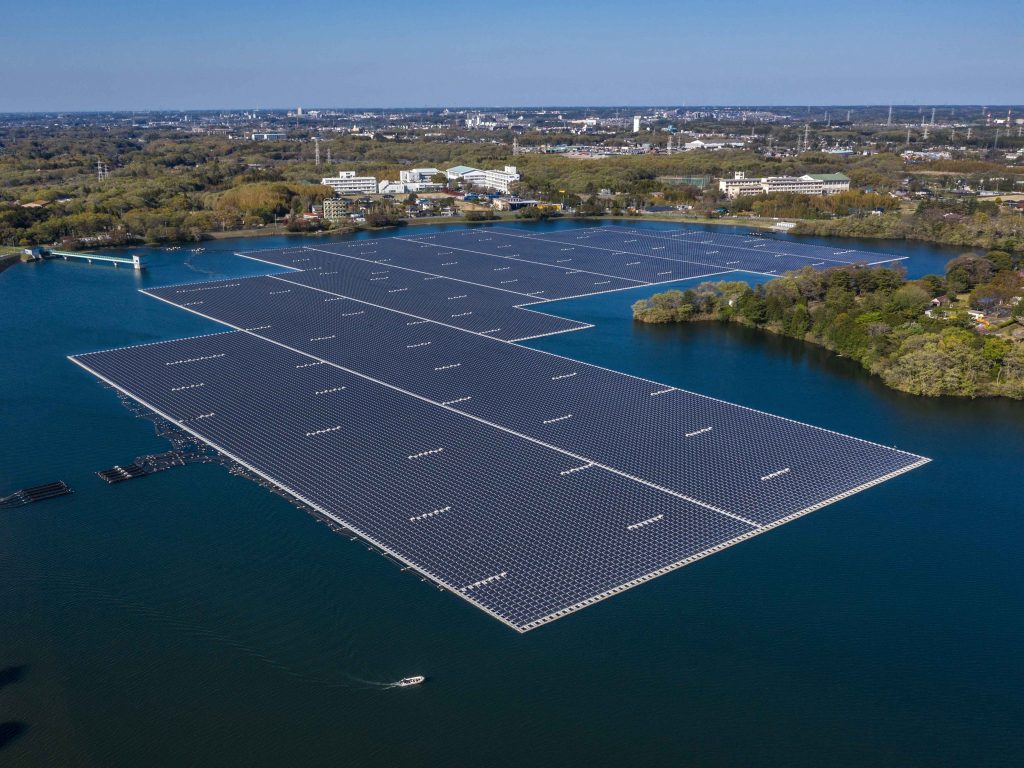Energising utilities for economic stimulus
James McClelland of SAP Americas presents some strategies for greater energy efficiency and sustainability in the wake of the American Recovery and Reinvestment Act
James McClelland of SAP Americas presents some strategies for greater energy efficiency and sustainability in the wake of the American Recovery and Reinvestment Act
With the passage of the American Recovery and Reinvestment Act (ARRA), more than $11bn (USD) was allocated for the creation of a bigger, better, smarter electric grid. The combined total of these investments will allow for the integration and use of greater amounts of renewable energy, increased utilisation of innovative efficiency technologies, and a reduction in the electric congestion that costs consumers billions of dollars each year. As a result, utilities now have an unprecedented opportunity to leverage public funds and become the “utility of the future”. But, in the meantime, while utility executives sort out the implications associated with the stimulus funding, they continue to tackle issues confronting their industry during this period of economic volatility – energy inefficiencies and costs, complex regulatory requirements, and ageing infrastructures.
Most utilities use robust meter, network, and customer service infrastructures designed to support processes and systems for well-defined work routines and functions. In many cases, they use conventional meters with life cycles of up to 40 years – devices that worked well when energy markets were largely regulated and characterised by price regulations, easy access to energy resources, and sufficient infrastructure capacity. In that environment, organisations could rely on manual processes for everything from checking meter readings to determining future demand for electricity, without as much concern about margins, ensuring customer retention, energy efficiencies, and sustainability. But changes in the utilities industry in recent years are making it increasingly difficult to compete using traditional infrastructures and processes. Resources and infrastructures capacities are becoming more marginal and inelastic demand is restricting revenue growth. Then there’s a heightened focus on reducing carbon footprints. In addition, new legislatively mandated market rules demand that utilities compete for customers on the open market, so utility executives must find new ways to differentiate their services and capture additional revenue while increasing operational efficiency. And because customers can switch retailers relatively easily – especially in electricity markets – utilities need innovative processes to improve sales and customer service performance.
The reality is that current assets are ageing and a more adaptable infrastructure is needed going forward. For the near term, utilities must optimise current asset efficiency and availability. Downtimes must be limited to planned shutdowns and necessary overhauls only. Stringent maintenance processes can help ensure high levels of equipment reliability. Additionally, proactive planning can establish a stable environment where resources such as personnel, contractors, parts and tools can be optimised. Future increases in bulk transmission capacity, however, require significant improvements in transmission gird management. A smart grid, for example, can upgrade the use of capital assets while minimising operations and maintenance costs. Smart grids precisely limit electricity power down to the residential level. Optimised power flows reduce waste and maximise use of lowest-cost generation resources. But how can utilities – and consumers – better understand and manage energy use? Enter technology. Because technology in itself is seen as a critical enabler for implementing the Economic Stimulus Plan, with billions in funding globally to be spent incrementally over the next five years, it can help utilities see, think, and act more clearly as they develop and execute the necessary strategies to:
Optimise energy efficiencies. New energy-grid technologies can help utilities balance supply and demand while improving the efficiency of energy delivery and consumer usage. These metering and data-exchange systems, however, require real-time communications and greater system interoperability.
Respond to sustainability concerns. Increasingly, the adoption of sustainable energy practices is becoming a business imperative. Today’s utilities are challenged to take a holistic approach to sustainability that simultaneously addresses compliance, globalisation, environmental impact, and energy politics. Visibility into all aspects of a utility’s operations and end-to-end process control are keys to success.
Develop higher-performing assets. Managing today’s ageing infrastructure for peak efficiency while making the energy investments that will deliver maximum value tomorrow are basic tenets of the stimulus programme. Utilities must be able to maintain existing equipment, model current and future assets, and analyse complex energy scenarios.
In regard to optimising energy efficiencies, advanced metering infrastructure (AMI) technologies can help utilities and consumers alike better understand and manage energy use. With AMI, energy consumption is recorded at regular time intervals (e.g., every 15 minutes) and then billed at different rates based on peak and off-peak hours. As a result, consumers and suppliers can collectively lower overall energy requirements and reduce carbon emissions. With these technologies, energy providers can improve the balance between demand and supply. The data collected through AMI helps utilities better profile energy requirements during both peak and off-peak hours and predict energy usage spikes due to environmental changes. Smart-grid technologies are also supported. These improve the delivery of energy by providing greater control over load shedding, energy leakage, and outage management.
AMI technology can also help utilities stay competitive in ways that older metering and data-exchange technologies simply cannot. But without a proper IT infrastructure that enables companies to implement and work with AMI in a cost-effective manner, utilities find it difficult to deliver the flexible pricing options that the market demands. AMI requirements for data management and real-time information exchange call for improved communications and collaboration between customer and utility. It also requires far greater interoperability of systems within the utility’s IT landscape and across enterprise boundaries. Upgrading metering and data-exchange infrastructure can increase the quality of a company’s sales and customer service processes. In addition, automated business-control processes can help utilities manage the variations between peak and off-peak production, thus reducing the overall cost to serve while lowering the cost per kilowatt hour.
As utilities develop and execute the necessary strategies that can help them see, think, and act more clearly to wisely spend the billions in economic stimulus funding over the next five years, they need to execute those strategies decisively and effectively to endure the current environmental conditions and emerge in a stronger, more competitive stance. To gain this clarity, utilities need visibility to refocus business strategies and streamline operational execution and transparency to demonstrate compliant and sustainable business practices. Such “clear” utilities understand what is going on in every aspect of their business and business networks. They operate with increased speed, relevance, and accuracy. They are prepared for risk and uncertainty and can adjust operations nimbly as market conditions change. In short, they are transparent and accountable, lean and agile, customer-centric and collaborative.
further information: www.sap.com













